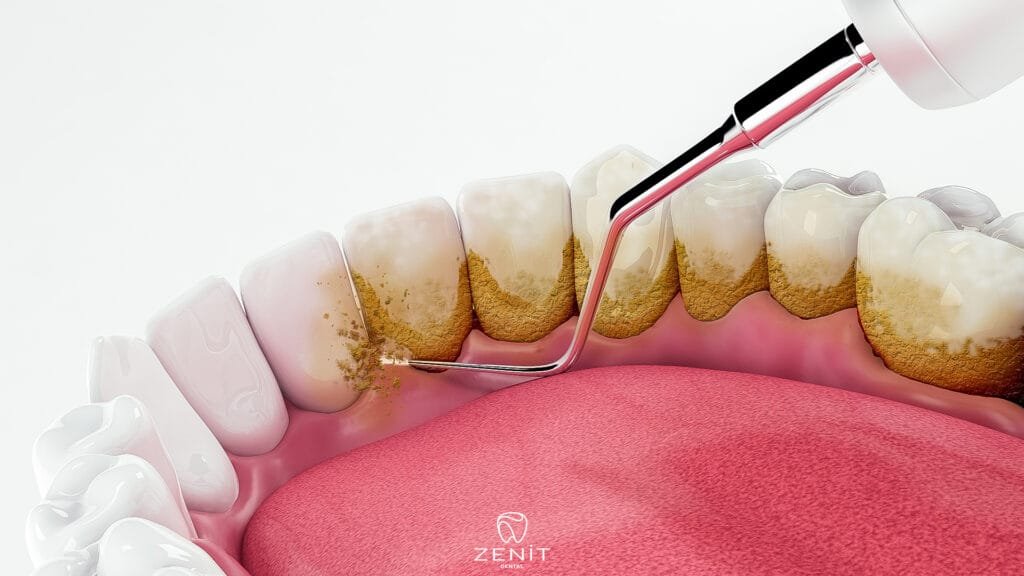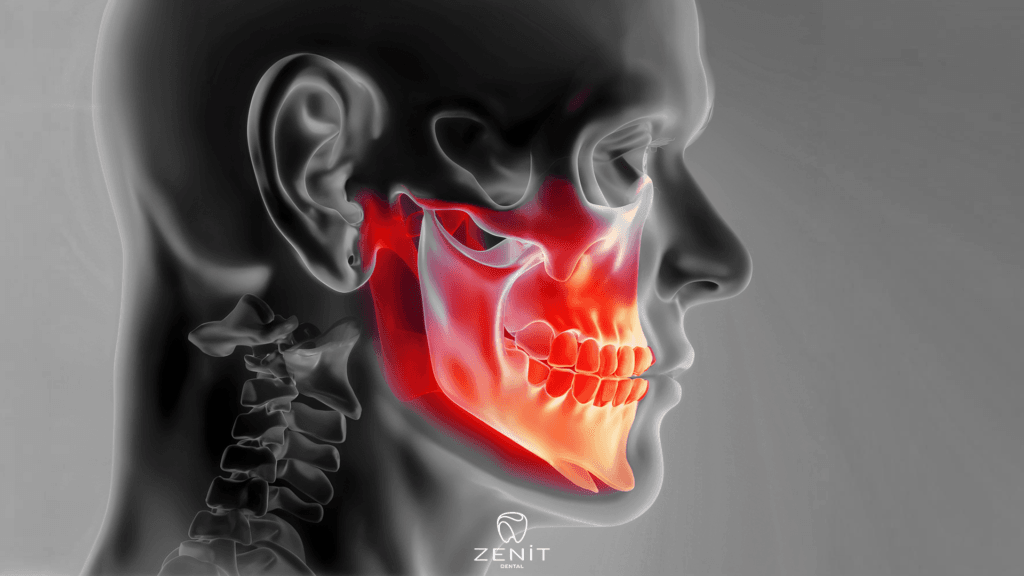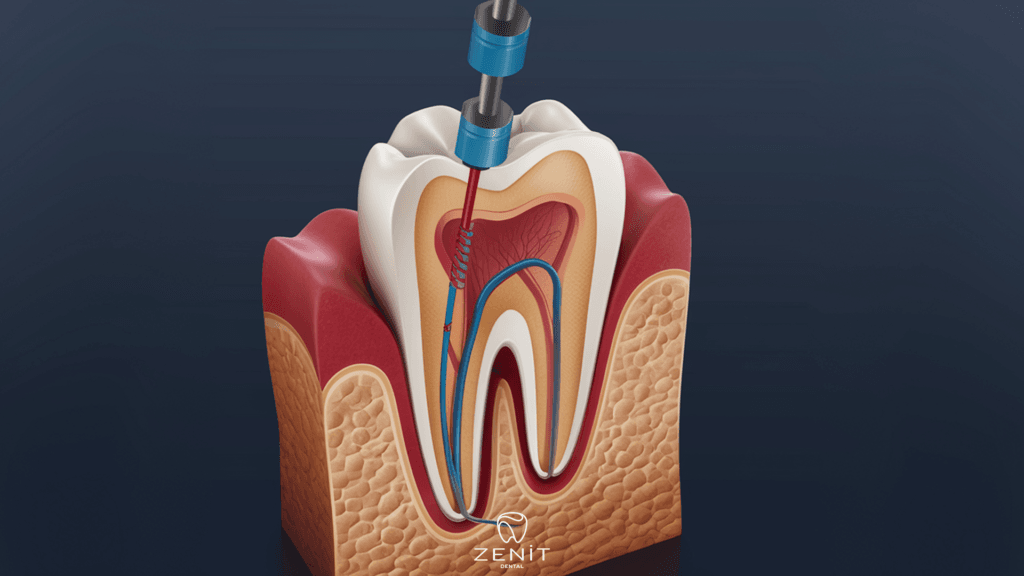Tartar On Teeth
Dental health is a significant indicator of our overall well-being, and being mindful of it can help prevent various issues. Dental calculus, a hardened layer formed by mineralized plaque accumulation on the teeth, is a notable concern. In addition to aesthetic issues, dental calculus can lead to gum diseases. In this article, we will explore the causes of dental calculus formation and ways to prevent its occurrence.
The Formation Of Dental Plaque
Tartar, a hard layer that forms on the teeth and just below the gum line, is primarily caused by the development of a bacterial layer known as plaque on the teeth.
Plaque is a sticky layer that forms on the teeth through the combination of food particles, saliva, and bacteria. Over time, plaque hardens to form tartar.
The formation of plaque occurs when bacteria present in the mouth combine with food residues. These bacteria produce acids that can erode tooth enamel, leading to decay.
Plaque can also cause gum inflammation. Gum inflammation results in swelling, redness, and bleeding of the gums. If left untreated, gum inflammation can lead to gum recession and tooth loss.
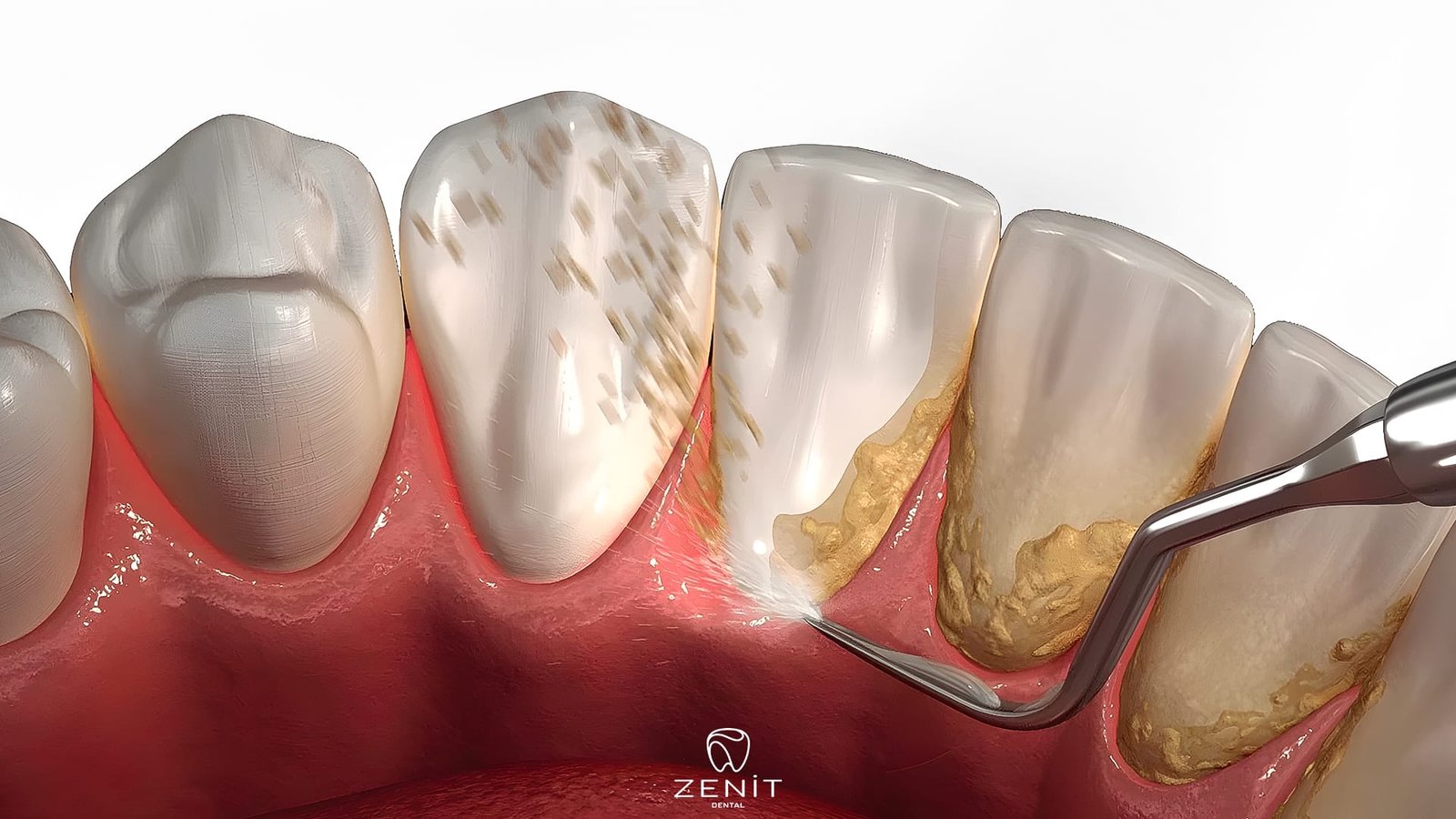
Mineral Accumulation
Plaque is a sticky layer that forms on the teeth through the combination of food particles, saliva, and bacteria. Over time, plaque hardens to form dental calculus.
Minerals present in plaque play a significant role in the formation of dental calculus. These minerals typically include calcium, phosphorus, and magnesium found in saliva. Saliva is a natural fluid in the oral cavity containing enzymes and minerals that contribute to cleaning and protecting the teeth.
The minerals in saliva attach to the surface of the plaque, leading to its hardening. This process usually occurs over a few days or weeks. Dental calculus often appears in various colors, ranging from yellow to brown.
Dietary Habits
Dietary habits are a crucial factor influencing the formation of dental calculus. Particularly, sugary and starchy foods can lead to bacterial plaque formation and its subsequent transformation into dental calculus.
Sugary and starchy foods are fermented by bacteria in the mouth. This fermentation process results in acid formation. Acids can erode tooth enamel, causing cavities. Additionally, they can promote plaque formation, making it easier for dental calculus to develop.
Examples of sugary and starchy foods include candies, chocolate, sugary beverages, fruit juices, bread, pasta, potatoes, and rice.
Acidic Beverages and Dental Calculus: Acidic beverages can also impact the formation of dental calculus. These beverages weaken tooth enamel, facilitating the development of dental calculus. Examples of acidic beverages include cola, soda, fruit juice, coffee, and tea.
Dietary Habits to Prevent Dental Calculus Formation: To prevent the formation of dental calculus, it is essential to limit the consumption of sugary and starchy foods and avoid acidic beverages. Additionally, regular brushing and flossing will contribute to preventing dental calculus formation.
Smoking Habit
Smoking is a significant factor that increases the formation of dental calculus. Smoking can lead to damage to tooth enamel and accelerate plaque formation. Moreover, it is known to exacerbate the formation of dental calculus by triggering gum diseases.
- Tooth Enamel Damage: Cigarette smoke contains free radicals that can erode and weaken tooth enamel. This condition makes it easier for plaque to adhere to the tooth surface, increasing the likelihood of dental calculus formation.
- Acceleration of Plaque Formation: Cigarette smoke contains nicotine, a substance that promotes the growth and multiplication of oral bacteria. This can accelerate the formation of plaque.
- Gum Diseases: Smoking can trigger gum diseases, causing the gums to recede from the gum line and leading to inflammation of the gum tissue. This situation can further worsen the formation of dental calculus.
Not Paying Attention To Dental Hygiene
Neglecting dental hygiene is one of the most effective ways to prevent the formation of dental calculus. Regular and effective dental hygiene practices, such as brushing, flossing, and using mouthwash, can reduce plaque accumulation and prevent the formation of dental calculus.
- Brushing: Brushing is the most crucial step to remove plaque and food residues from the teeth and gums. It is recommended to brush your teeth at least twice a day, each time for two minutes. It is important that your toothbrush has soft bristles and a small head.
- Flossing: Dental floss is used to clean plaque and food residues from areas that the toothbrush cannot reach. It is recommended to use dental floss once a day. When using dental floss, gently and slowly move it between your teeth.
- Mouthwash: Mouthwash can help reduce oral bacteria and strengthen the gums. It is recommended to use mouthwash once a day. When using mouthwash, swish it around your mouth for 30 seconds and then spit it out.
- Regular Dental Check-ups: Regular visits to your dentist can help prevent the formation of dental calculus. Your dentist can detect and clean any plaque or dental calculus early by regularly examining your teeth and gums.
Neglecting Dental Check-ups
Regular dental check-ups can help detect the formation of dental calculus at an early stage. Your dentist can assess the presence of dental calculus and take necessary measures to help you maintain good oral health.
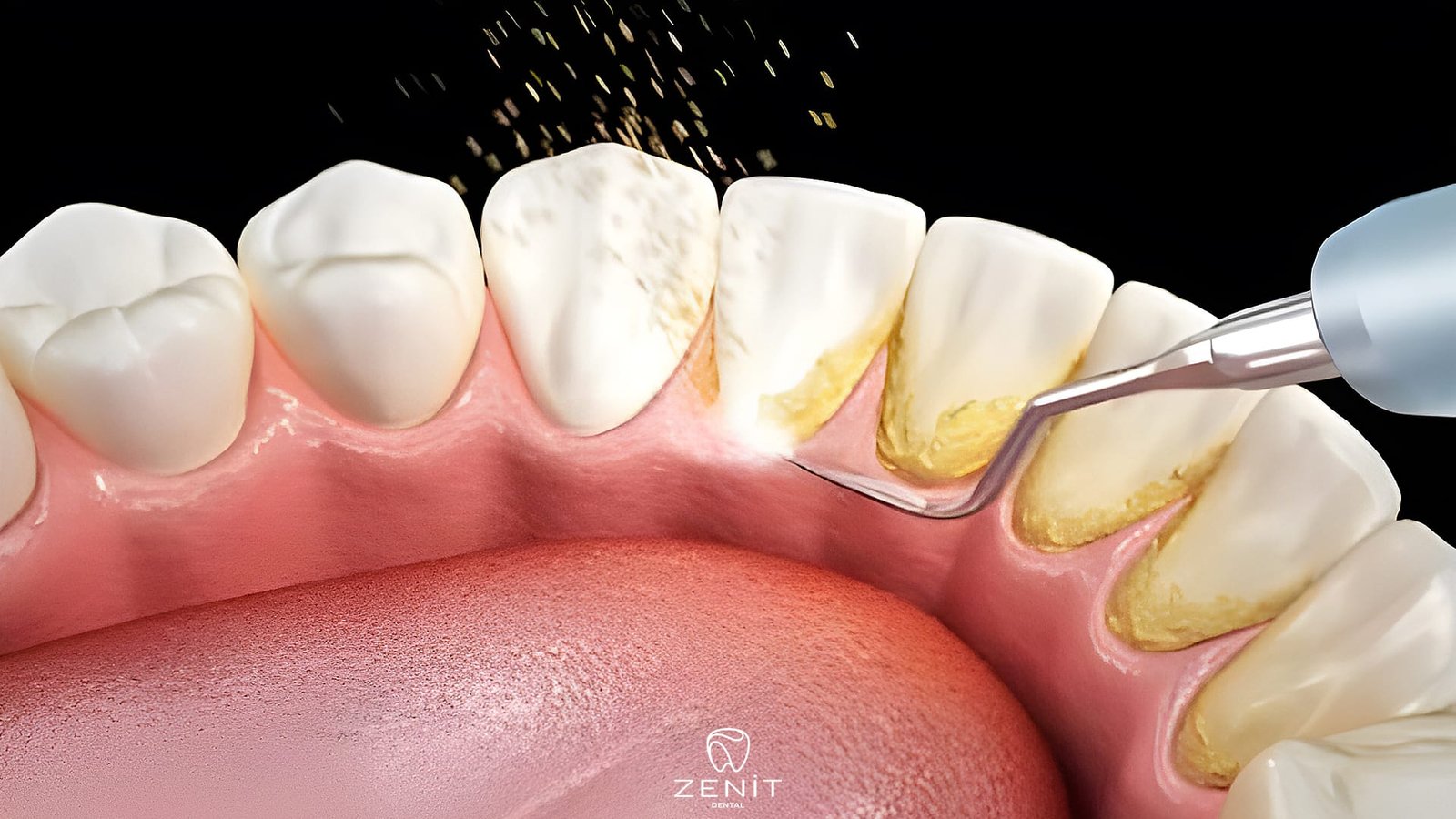
Gap Formation After Dental Calculus Cleaning
Cleaning dental calculus is an essential part of maintaining oral health. However, the gaps that may occur in some individuals after this procedure can be a cause for concern. In this article, we will share important information about gaps that may arise after dental calculus cleaning and explore preventive measures to address this issue.
- Are Gaps Normal After Dental Calculus Cleaning?
Small gaps that occur after dental calculus cleaning are generally considered normal. These gaps may emerge as a result of the removal of plaque and calculus, allowing the teeth to return to their natural positions. This situation is usually temporary, and the teeth are expected to return to their original state shortly. - Causes of Gaps Between Teeth:
Gaps that appear after dental calculus cleaning may result from slight tooth movement due to the removal of plaque and calculus between teeth. Additionally, these gaps may be associated with fundamental oral health issues such as gum diseases or tooth decay.

Conclusion
The formation of dental calculus is generally associated with poor oral hygiene and incorrect dietary habits. However, this issue can be prevented through regular dental care and healthy eating habits. In addition, regular dental check-ups can help detect and treat dental calculus at an early stage. Remember that healthy teeth are an important factor for our overall health.
Tartar On Teeth Tartar On Teeth Tartar On Teeth Tartar On Teeth Tartar On Teeth Tartar On Teeth Tartar On Teeth Tartar On TeethTartar On Teeth Tartar On Teeth Tartar On Teeth

